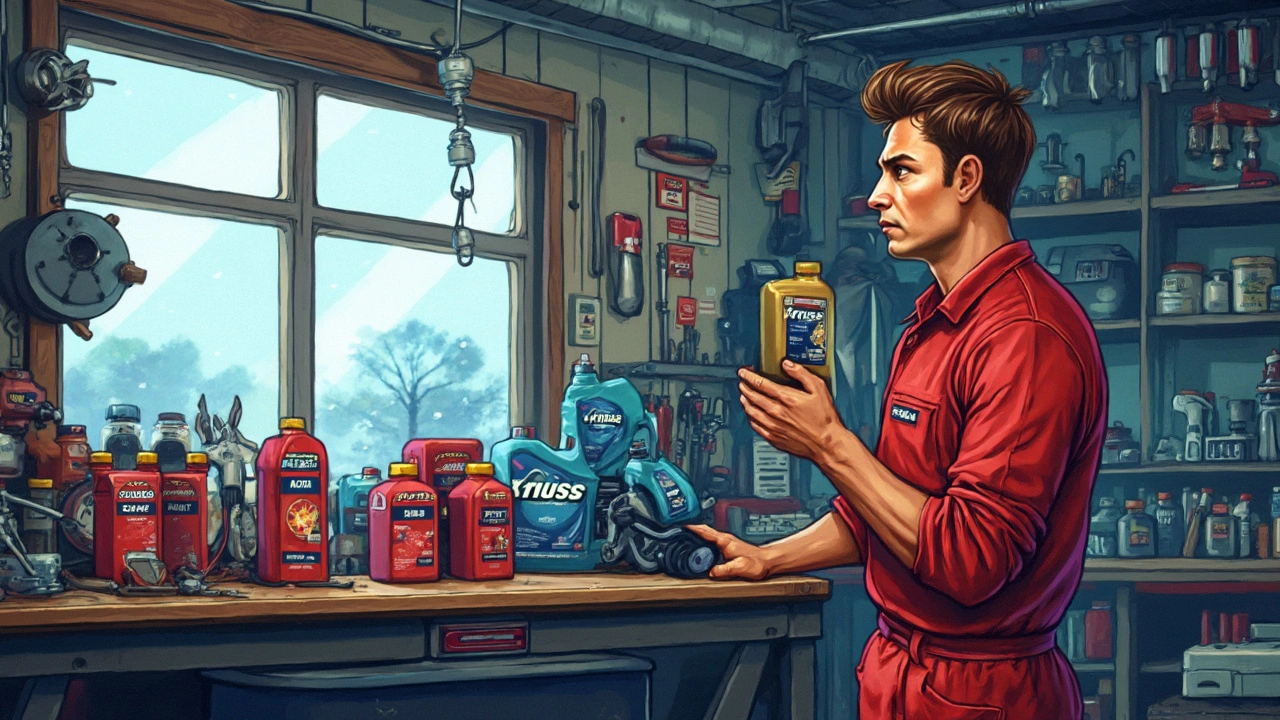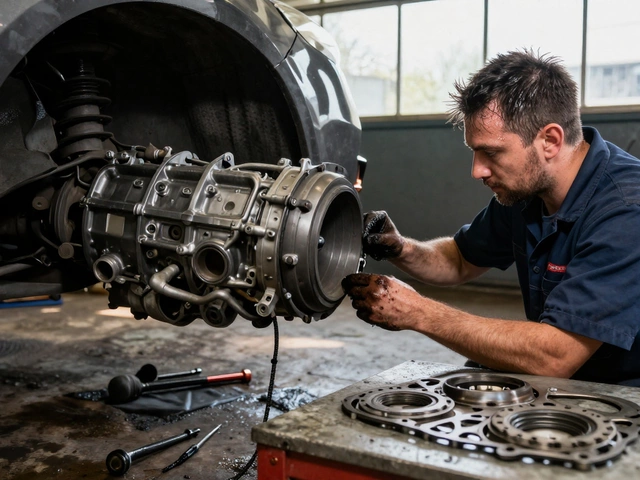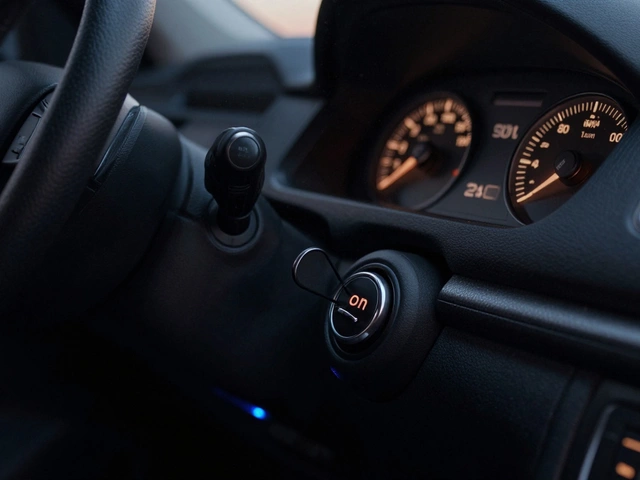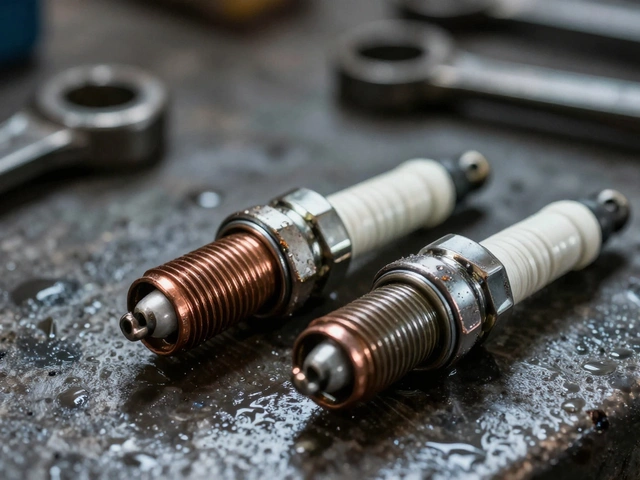SAE 30 Oil: What It Is, When to Use It, and What It Means for Your Engine
When you see SAE 30, a standard classification for engine oil viscosity defined by the Society of Automotive Engineers. It's a single-grade oil that flows at a specific thickness when hot, making it ideal for older engines and light-duty applications. You’re not just picking a number—you’re choosing how well your engine stays protected under heat and stress. SAE 30 is thicker than 5W-30 at low temps but doesn’t have the multi-grade flexibility modern engines need. That’s why you’ll mostly find it in classic cars, lawnmowers, and some older trucks—not in your 2024 Honda Civic.
It’s important to know that oil viscosity, the measure of how easily oil flows through engine parts directly affects how fast your engine warms up, how well it resists wear, and whether it can handle high temperatures without breaking down. SAE 30 stays stable under heat, which is why it was the go-to choice for decades. But today’s engines run tighter tolerances and need oils that flow quickly on cold starts. That’s where synthetic 5W-30 or 10W-40 oils win out. Still, if you’ve got a 1985 Ford F-150 or a Briggs & Stratton mower, SAE 30 isn’t just okay—it’s often the only right choice.
Using the wrong oil can lead to serious problems. Too thin, and your engine parts grind together. Too thick, and the oil won’t reach critical areas fast enough, especially in cold weather. That’s why checking your owner’s manual isn’t optional—it’s your first line of defense. Many people assume all motor oils are the same, but engine oil, the fluid that lubricates, cools, and cleans internal engine components is engineered for specific needs. SAE 30 doesn’t have additives for modern fuel systems or emissions controls, so putting it in a newer car could trigger check engine lights or even damage sensors.
Still, there’s a reason SAE 30 hasn’t disappeared. It’s simple, reliable, and works exactly as intended in the machines it was designed for. If you’re restoring a vintage car or maintaining outdoor equipment, knowing what SAE 30 does—and what it doesn’t do—can save you from costly mistakes. You don’t need fancy synthetics or high-mileage blends. You just need the right oil for the job.
Below, you’ll find real-world advice from people who’ve dealt with oil confusion, overheating engines, and wrong-grade swaps. Whether you’re wondering if you can substitute SAE 30 for another grade, how often to change it, or why your old tractor runs better with it than with modern blends, the posts here cut through the noise. No theory. No marketing. Just what works on the garage floor.





